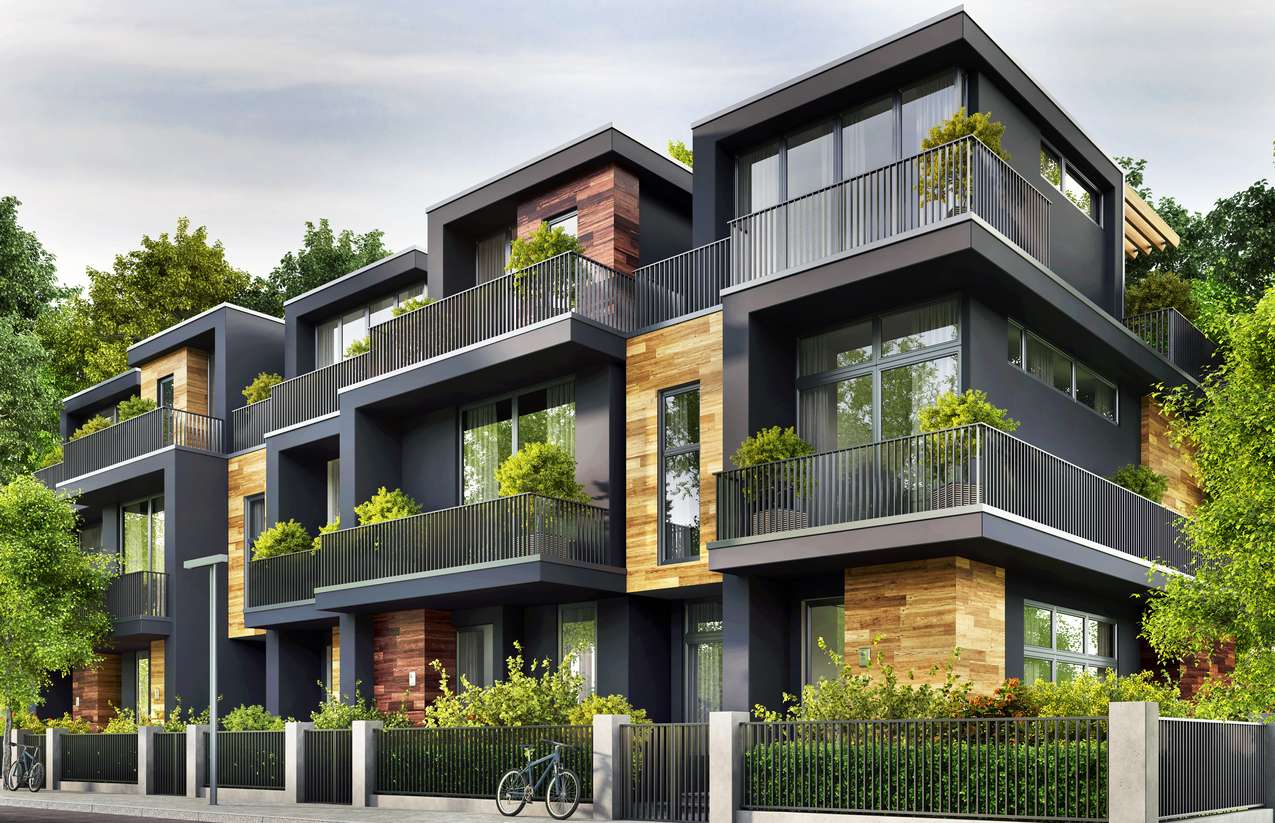Decoding the Surge in Micro-apartments: A Comprehensive Look into Compact Living
Micro-apartments, the compact living spaces that have been gaining popularity globally, have become a prominent feature of the urban real estate landscape. This article will delve into the rise of micro-apartments, their impact on the real estate market, and what they entail for buyers, sellers, and investors.

The Emergence of Micro-apartments: A Historical Overview
Micro-apartments trace their roots back to the 1970s, when the concept of small living spaces started gaining traction in highly populated, urban areas. The need for affordable housing, coupled with a desire for minimalistic living, led to the creation of these compact homes. Over the years, the trend has been fueled by increasing urban populations, skyrocketing property prices, and a demographic shift towards single-person households.
The Current Market Scenario: A Closer Look at Trends and Financial Insights
The micro-apartment market has witnessed a substantial surge in recent years. According to industry experts, the demand for micro-apartments is expected to grow at a considerable rate in the coming years, driven by the growing number of single-person households, escalating property prices, and the trend towards urban living.
Micro-apartments as a Real Estate Strategy: Pros, Cons, and Implications
The rise of micro-apartments is a significant shift in the real estate industry. For sellers and developers, micro-apartments offer a high-yield, low-risk investment opportunity given their popularity among urban dwellers. For buyers, these compact homes provide affordable housing options in city centers. However, the micro-apartment trend is not without challenges. From regulatory hurdles to concerns about living conditions, there are several factors that could potentially dampen the growth of this sector.
The Future of Micro-apartments: What Lies Ahead?
Given the current trends, the future of micro-apartments looks promising. While the concept may not appeal to everyone, it’s evident that there’s a growing market segment that values location and affordability over space. As urbanization continues to rise, and the demand for affordable housing in city centers intensifies, micro-apartments are likely to become an increasingly important component of the urban housing landscape.
In conclusion, the rise of micro-apartments is a fascinating development in the real estate industry. As the trend continues to evolve, it will be interesting to see how this compact living model reshapes the future of urban housing.





